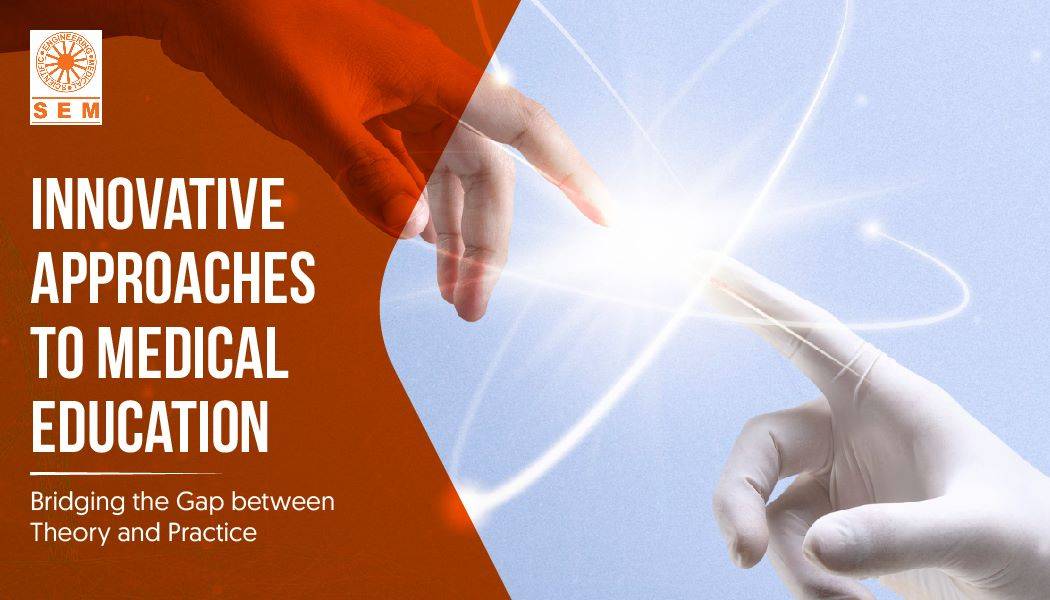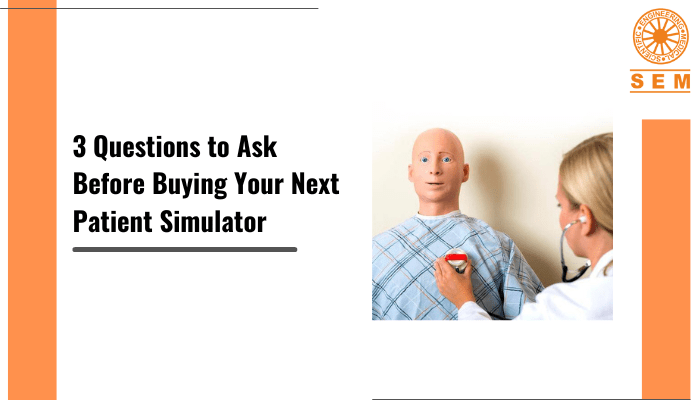Innovative Approaches to Medical Education!
Innovative Approaches to Medical Education: Bridging the Gap between Theory and Practice
In the ever-evolving field of medicine, staying updated with the latest research, technologies, and techniques is crucial for healthcare professionals. The National Medical Commission too believes that Medical education plays a vital role in equipping future doctors, nurses, and healthcare practitioners with the knowledge and skills they need to provide high-quality patient care. However, there has always been a challenge in bridging the gap between theoretical knowledge gained in classrooms and real-life clinical practice. In this blog post, we will explore innovative approaches to medical education that address this gap and enhance the learning experience for aspiring medical professionals.
Simulation-Based Training:
Simulation-based training has emerged as a game-changer in medical education. By replicating real-world scenarios using medical manikins and other sophisticated tools, students can actively engage in practical learning experiences. These simulations provide a safe environment to practice clinical skills, make critical decisions, and learn from mistakes without compromising patient safety in the skill lab.
Virtual Reality (VR) and Augmented Reality (AR):
Advancements in technology have opened up new possibilities in medical education. Virtual reality and augmented reality have revolutionized the learning process by creating immersive and interactive experiences. Through VR and AR applications, students can visualize complex anatomical structures, perform virtual surgeries, and participate in realistic clinical simulations. These technologies provide a unique opportunity to bridge the gap between theory and practice, allowing students to develop crucial skills in a controlled and dynamic virtual environment.
Problem-Based Learning :
Problem-based learning is an approach that encourages students to actively participate in solving real-life medical cases. Instead of passively absorbing information, students work in small groups to analyze patient scenarios, identify knowledge gaps, and research potential solutions. PBL promotes critical thinking, collaboration, and decision-making skills, mirroring the challenges faced in real clinical settings. By tackling authentic cases, students gain a deeper understanding of medical concepts and learn how to apply them in practice.
Interprofessional Education (IPE):
In the healthcare field, collaboration between different healthcare professionals is crucial for optimal patient outcomes. Interprofessional education brings together students from various disciplines, such as medicine, nursing, pharmacy, and allied health, to learn with, from, and about each other. By working in interprofessional teams, students gain an appreciation for the roles and perspectives of different healthcare providers, improving communication, teamwork, and patient-centered care.
Innovative approaches to medical education are transforming the way aspiring healthcare professionals learn and prepare for their careers. Simulation-based training, virtual reality and augmented reality applications, problem-based learning, and interprofessional education are just a few examples of the methods being employed to bridge the gap between theory and practice. These approaches not only enhance the learning experience but also improve patient safety and outcomes by equipping future healthcare professionals with the necessary skills and competencies.
To enhance medical training experiences further, we at SEM Trainers offer a range of high-quality medical manikins that facilitate realistic simulations. These manikins provide students with hands-on practice in a safe and controlled environment, ensuring they are well-prepared for real-world clinical challenges.
Incorporating these innovative approaches into medical education can revolutionize the learning experience and produce highly competent healthcare professionals. As the healthcare landscape continues to evolve, it is essential to embrace these advancements and empower the next generation of medical professionals with the tools and knowledge they need to excel.
Read more content similar to this: https://www.ncbi.nlm.nih.gov/books/NBK217683/
Get in touch with us now! https://www.semtrainers.com/contact-us



